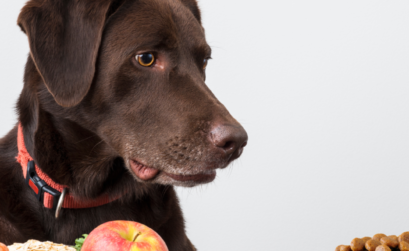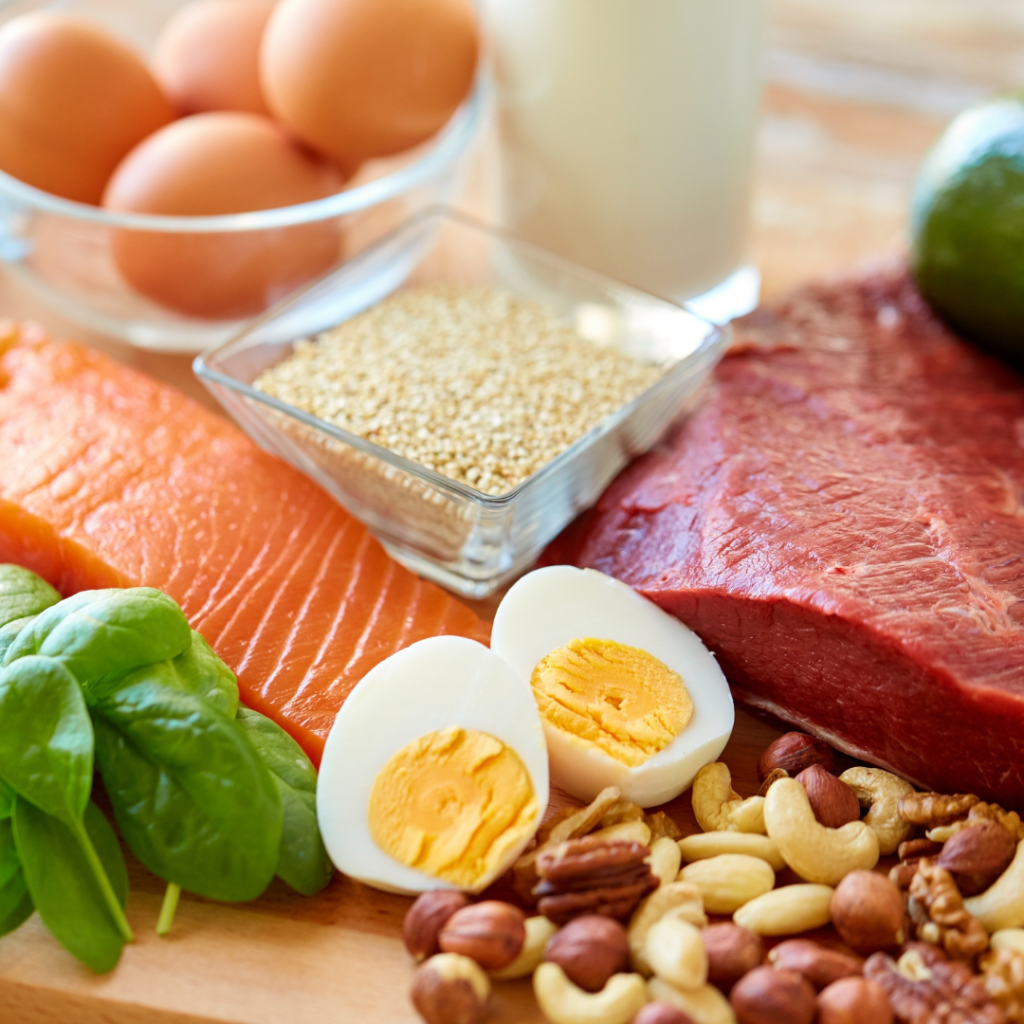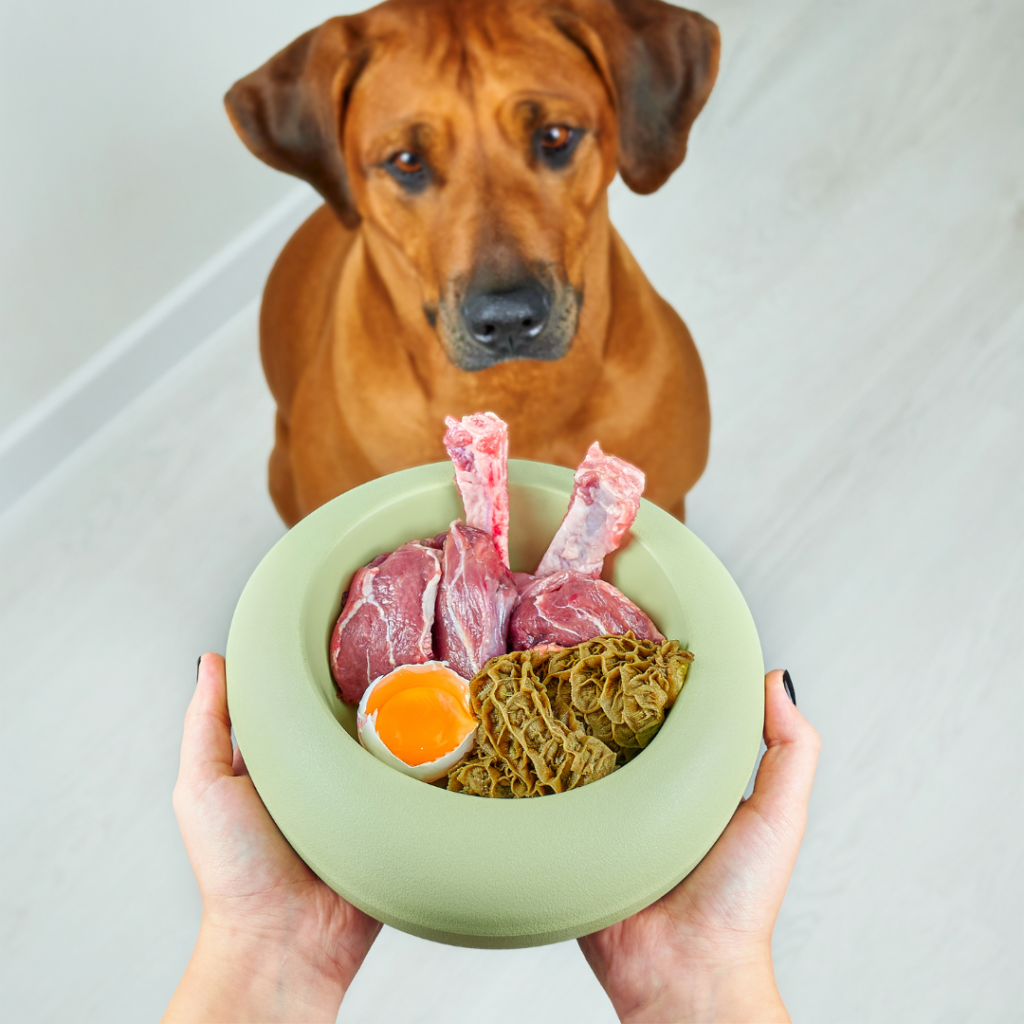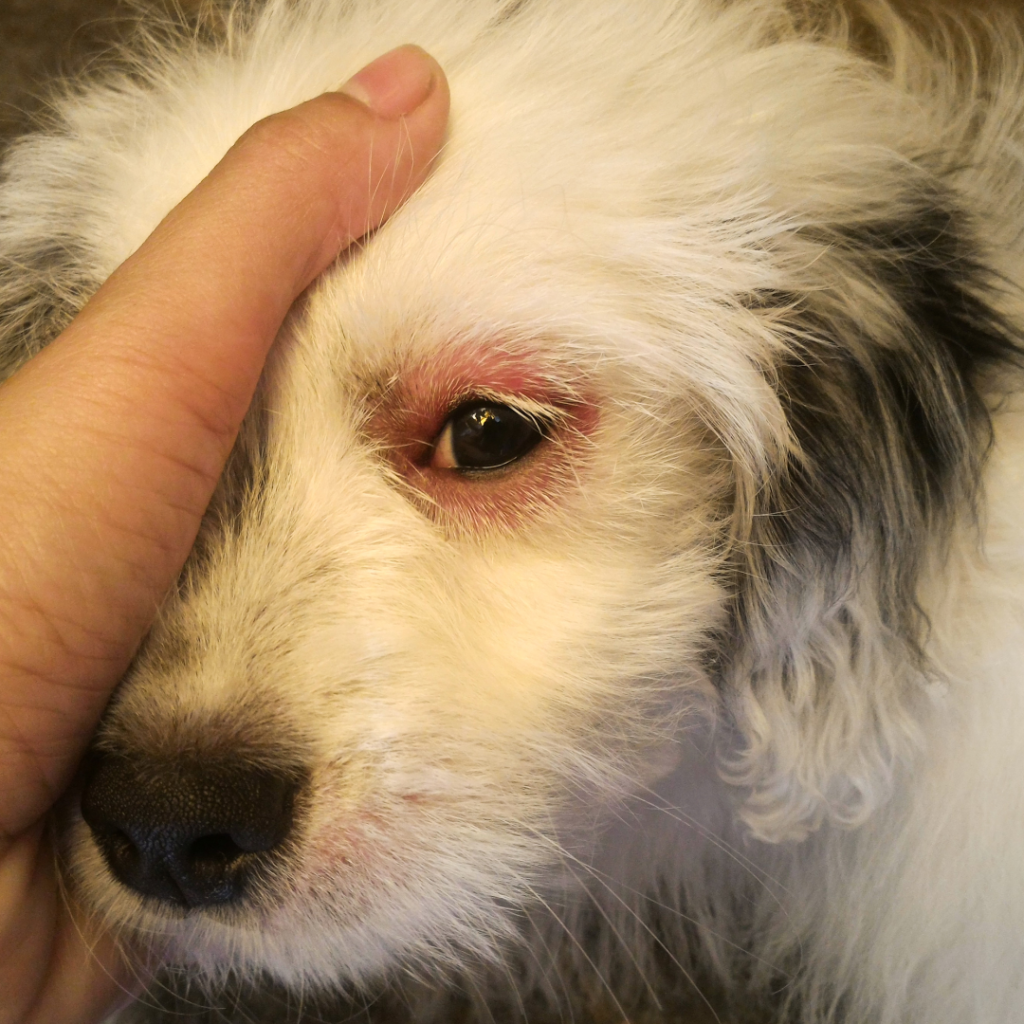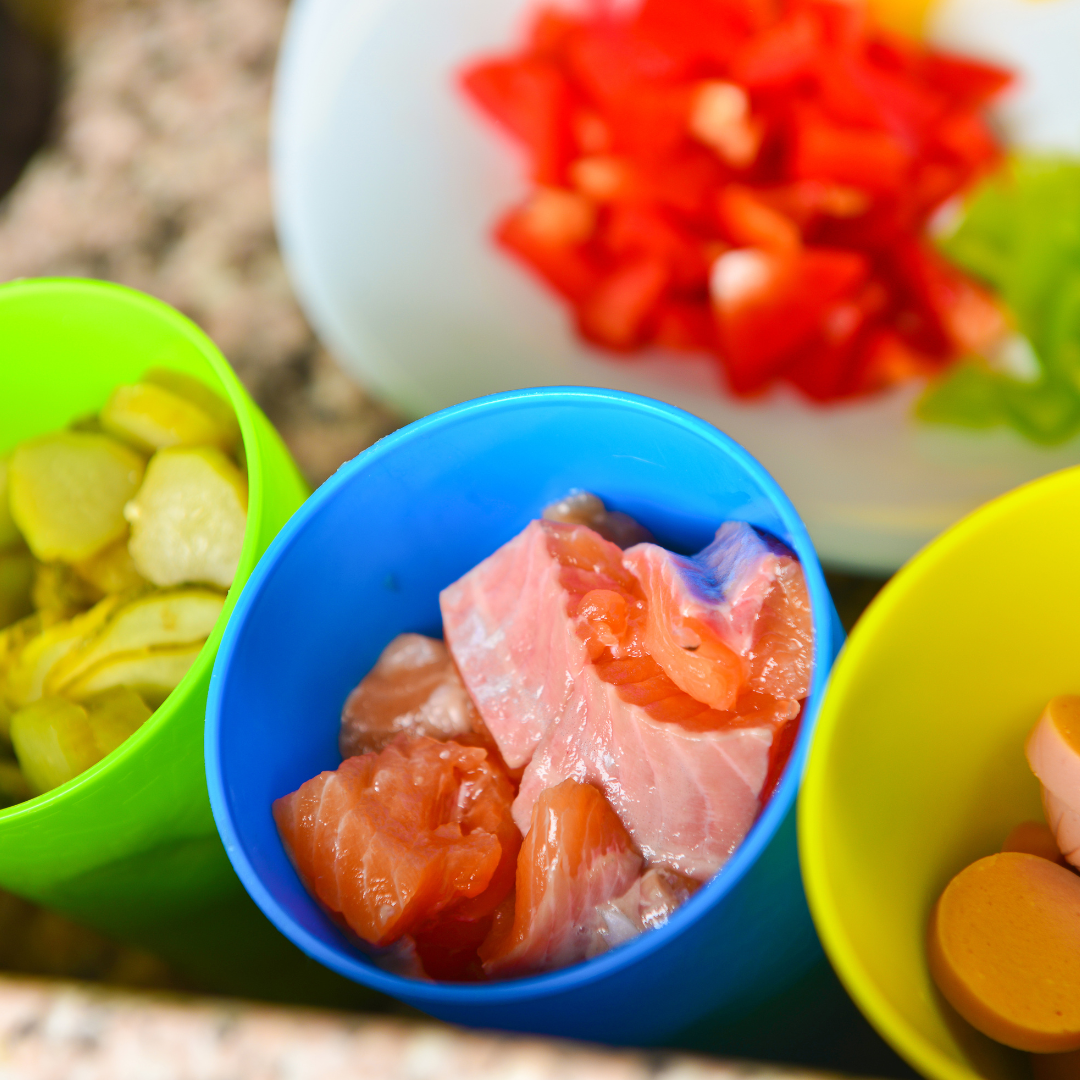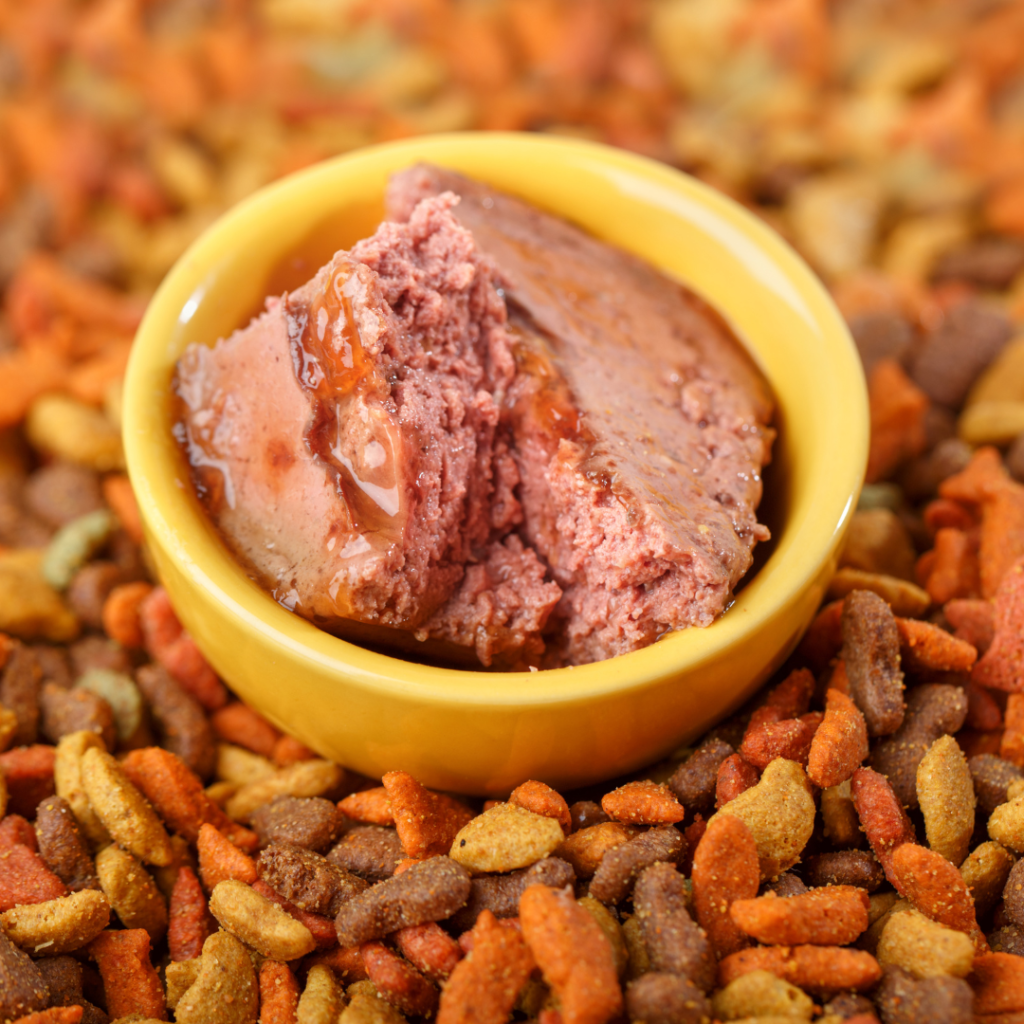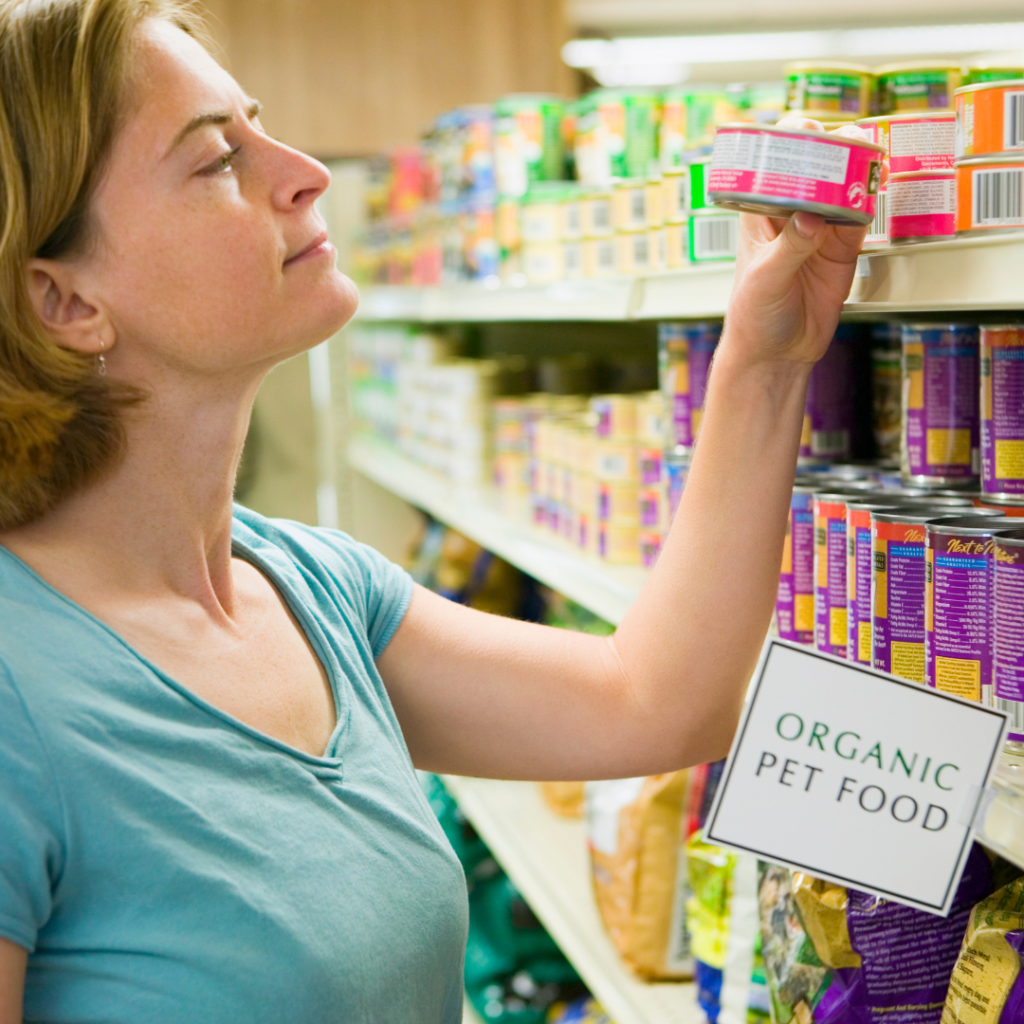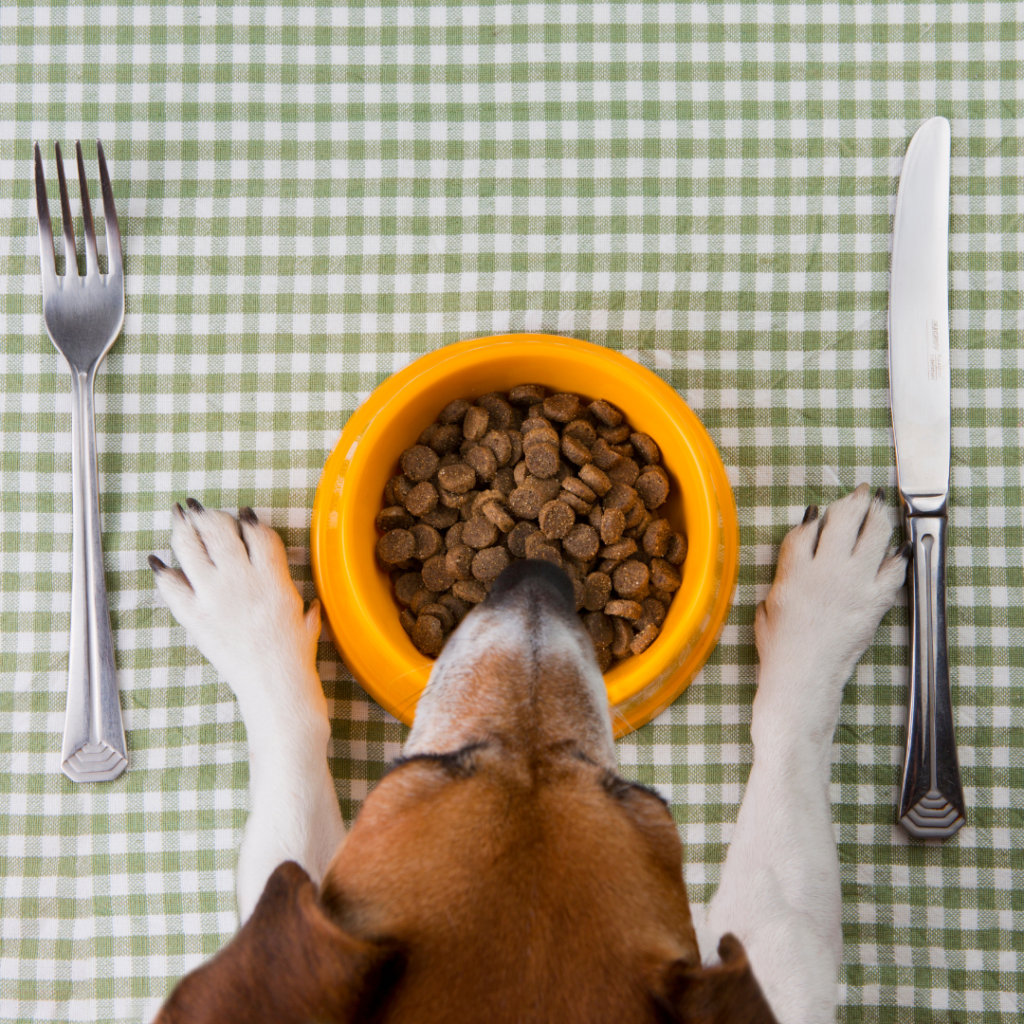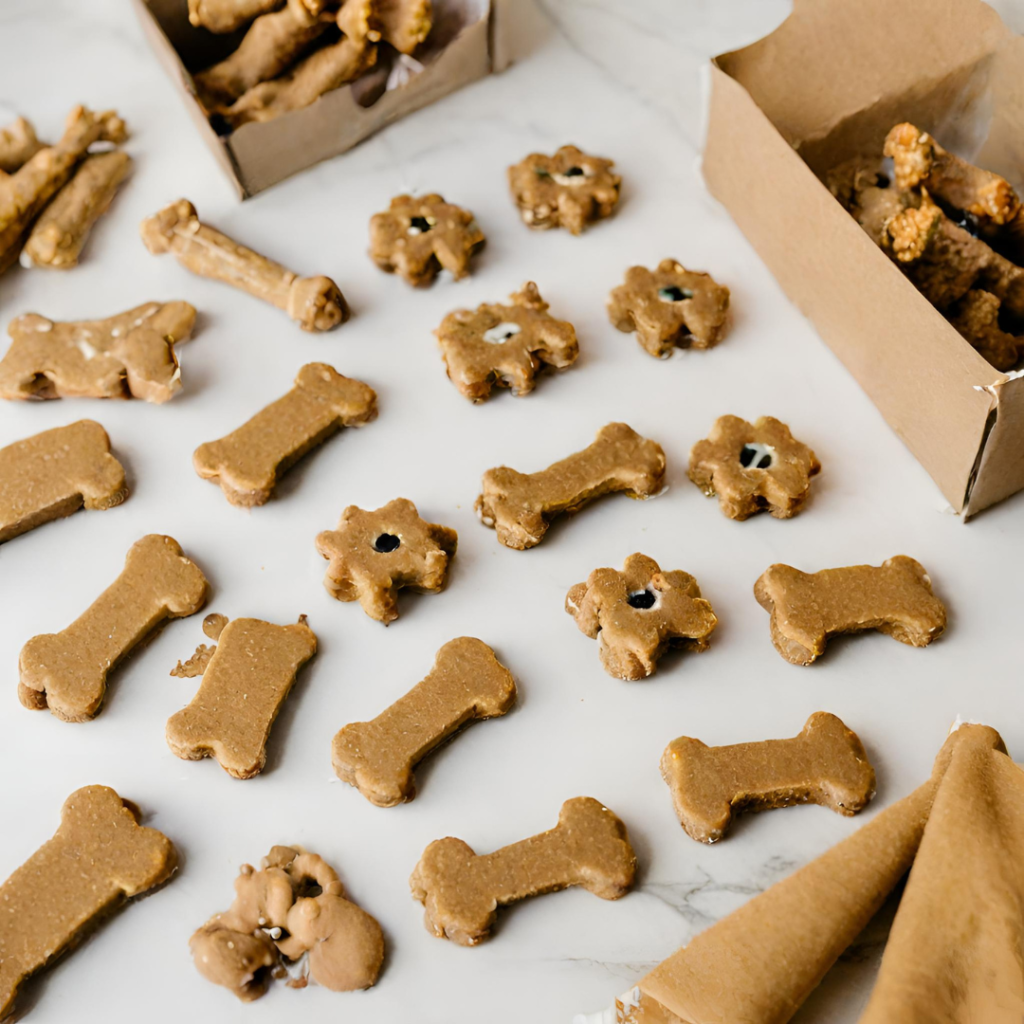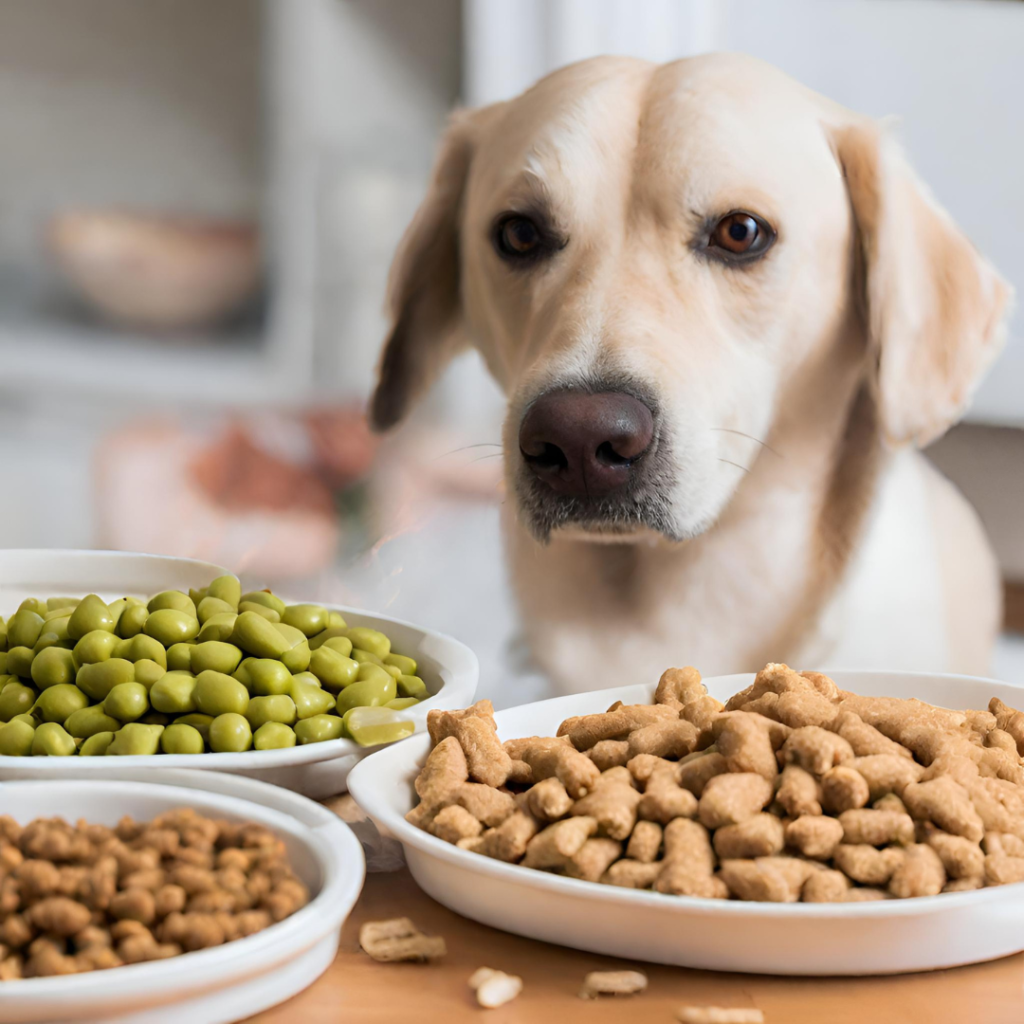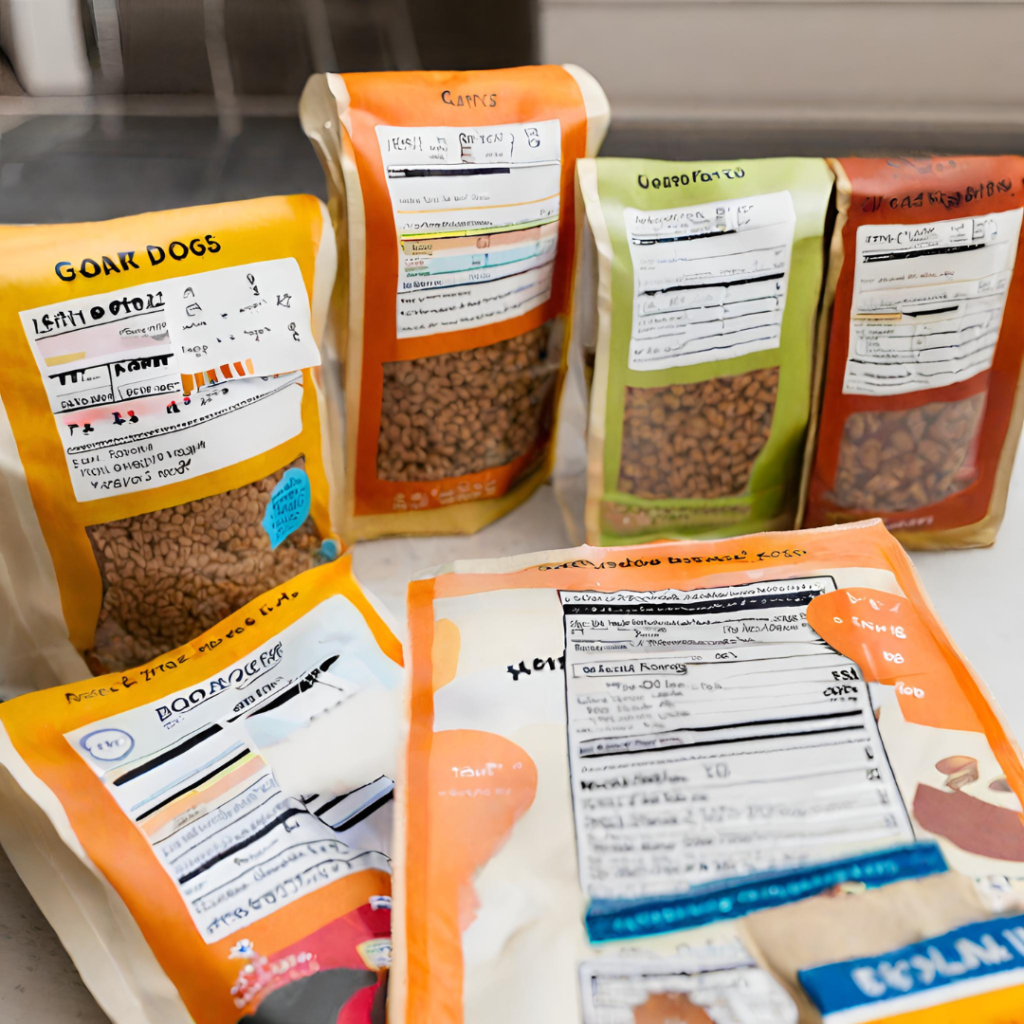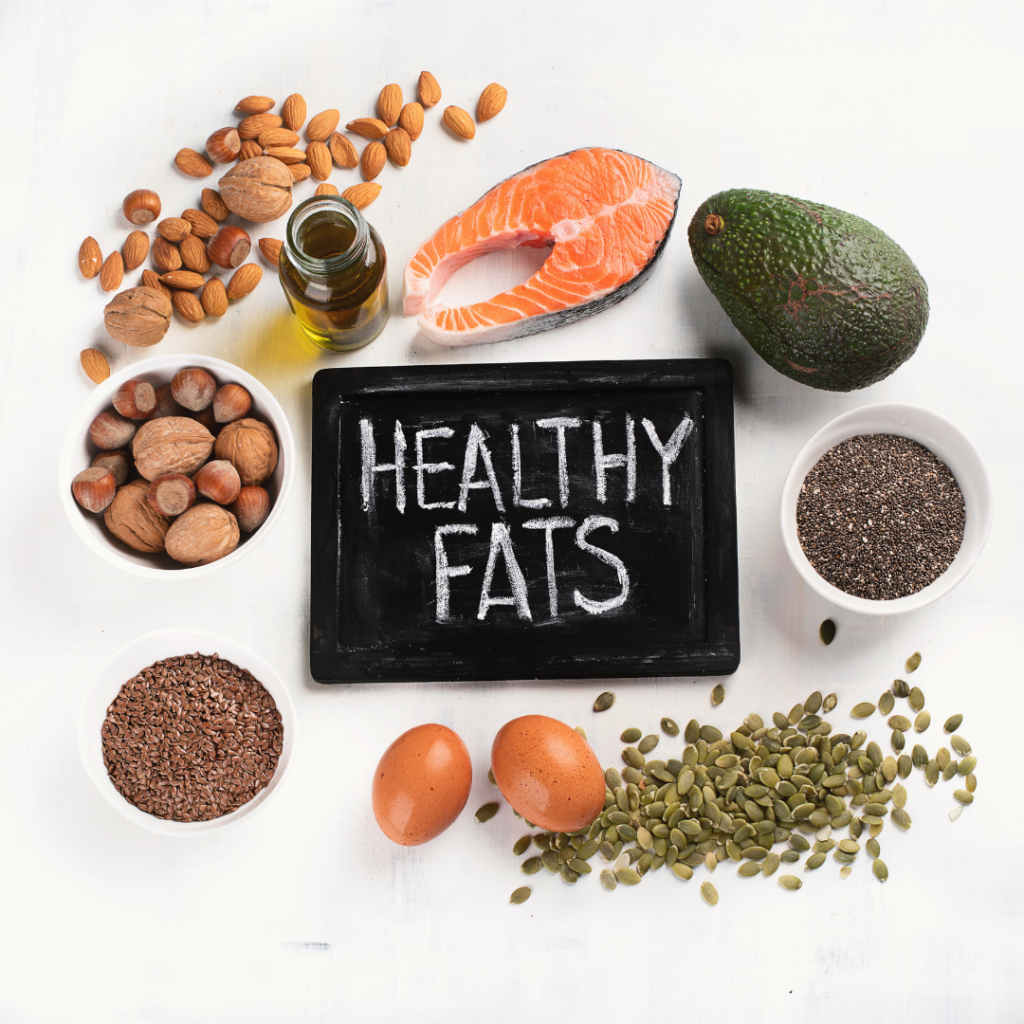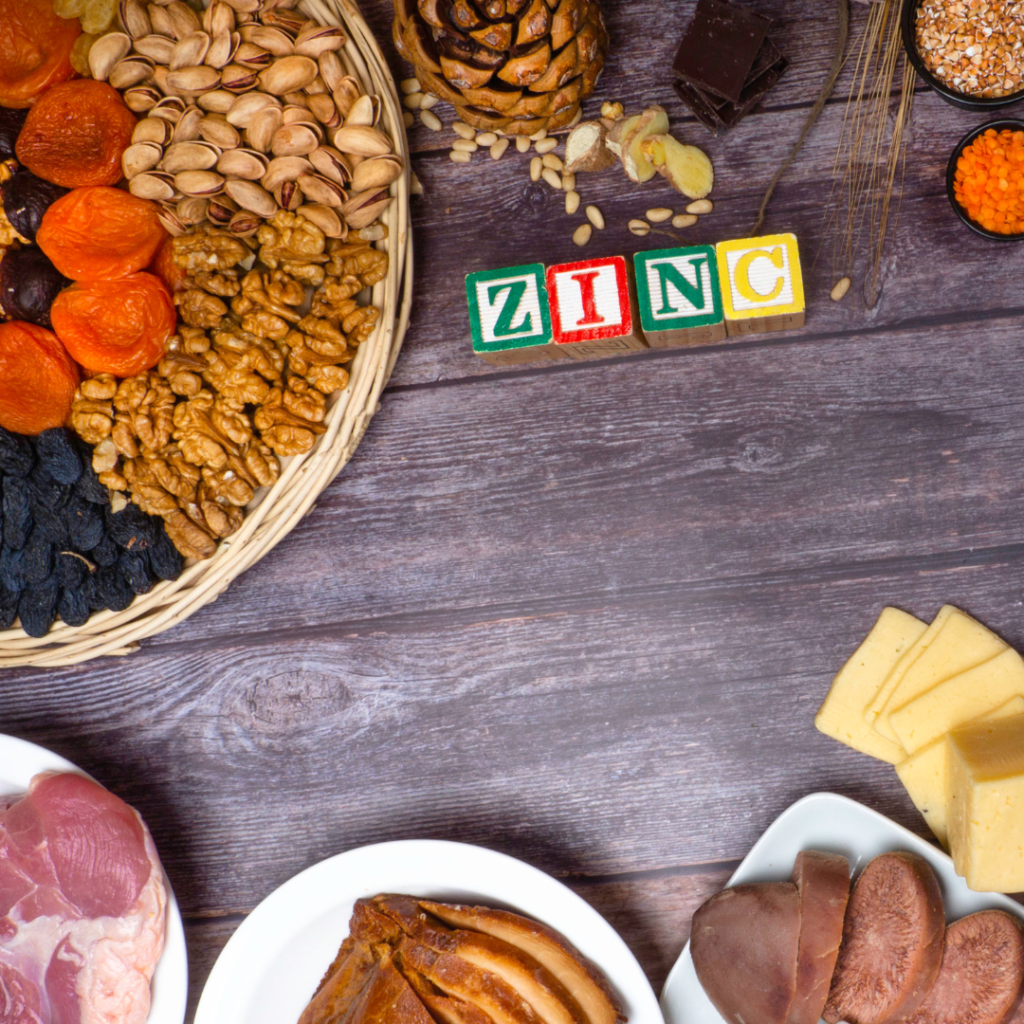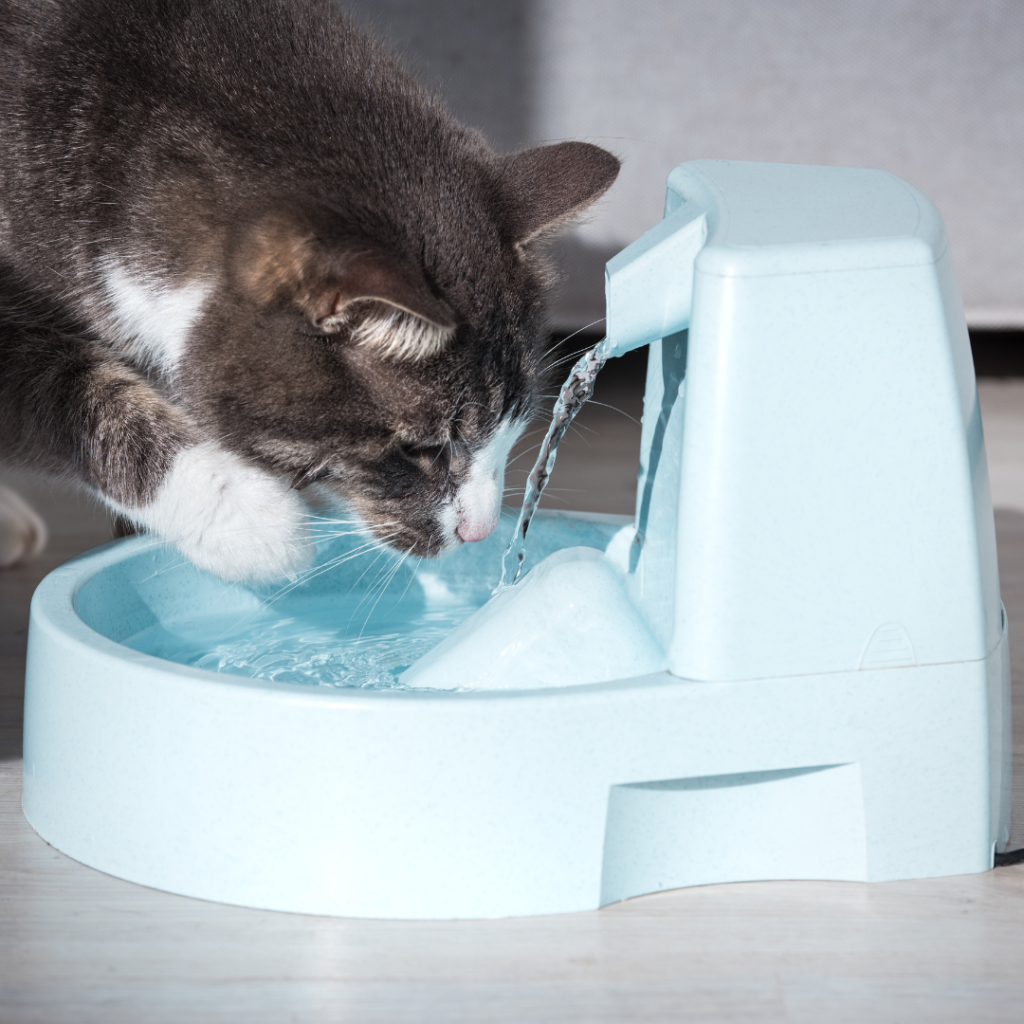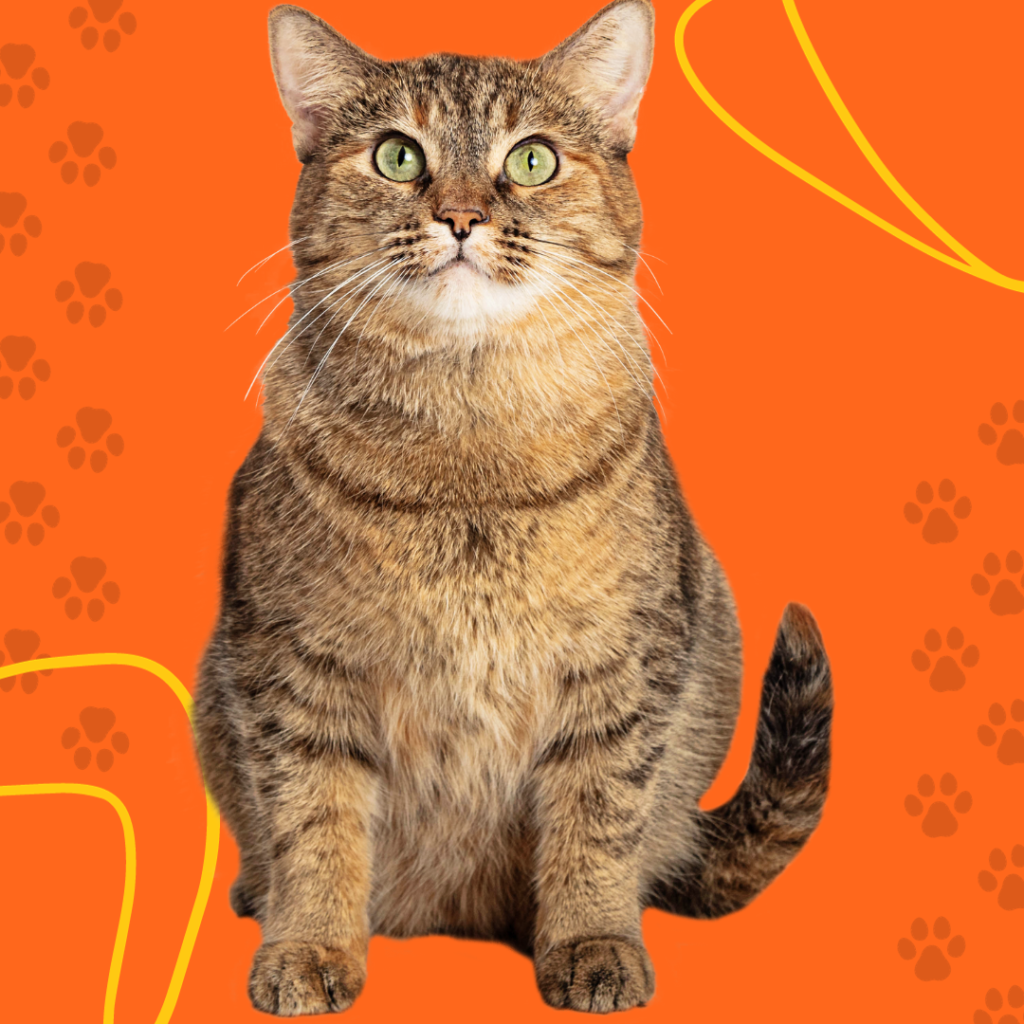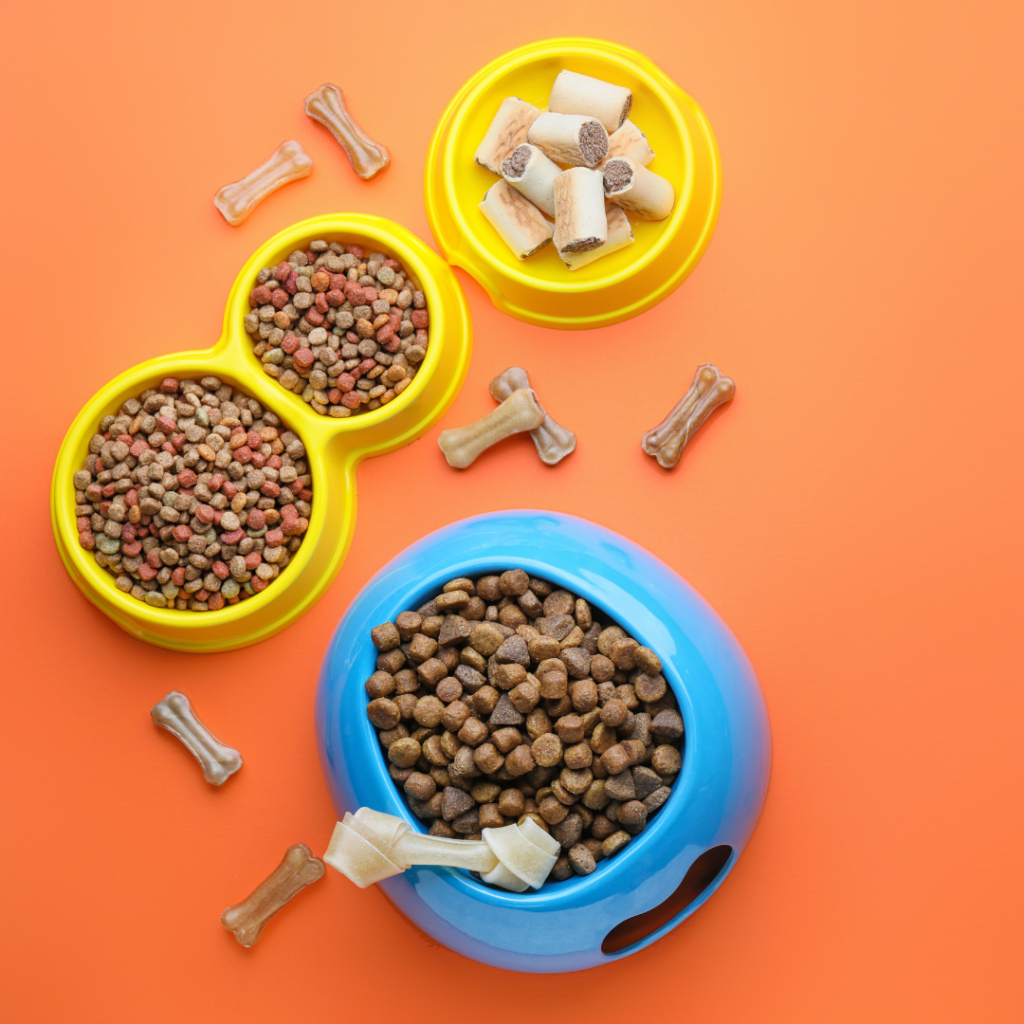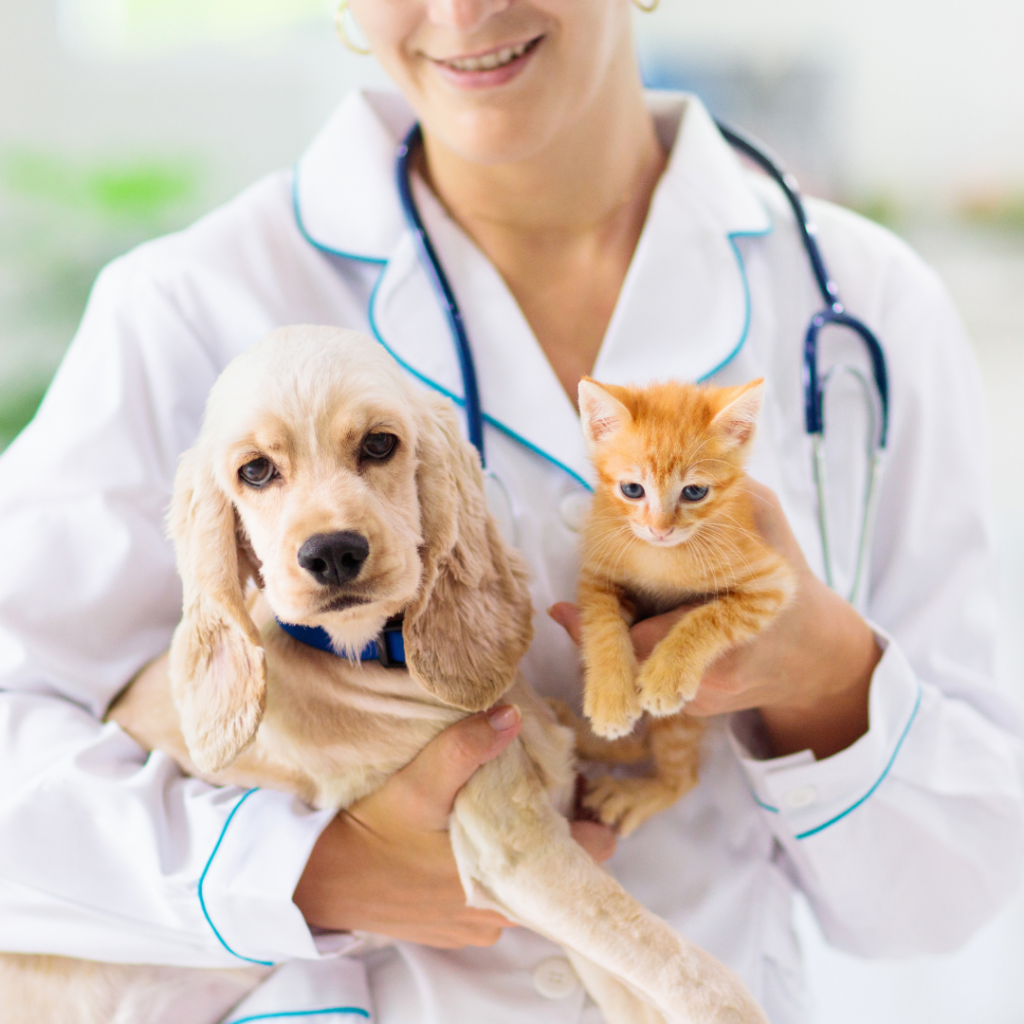Beyond the Bowl, Enriching Your Pet’s Diet with Healthy Snacks and Supplements
Hello, fellow pet enthusiasts and nutrition advocates! Today, we’re venturing beyond the traditional bowl and exploring ways to enhance your pet’s diet with healthy snacks and supplements. Just like us, our furry friends can benefit from a diverse and nutrient-rich diet that goes beyond their regular meals. Let’s delve into the world of tasty treats and beneficial supplements to elevate your pet’s overall well-being.
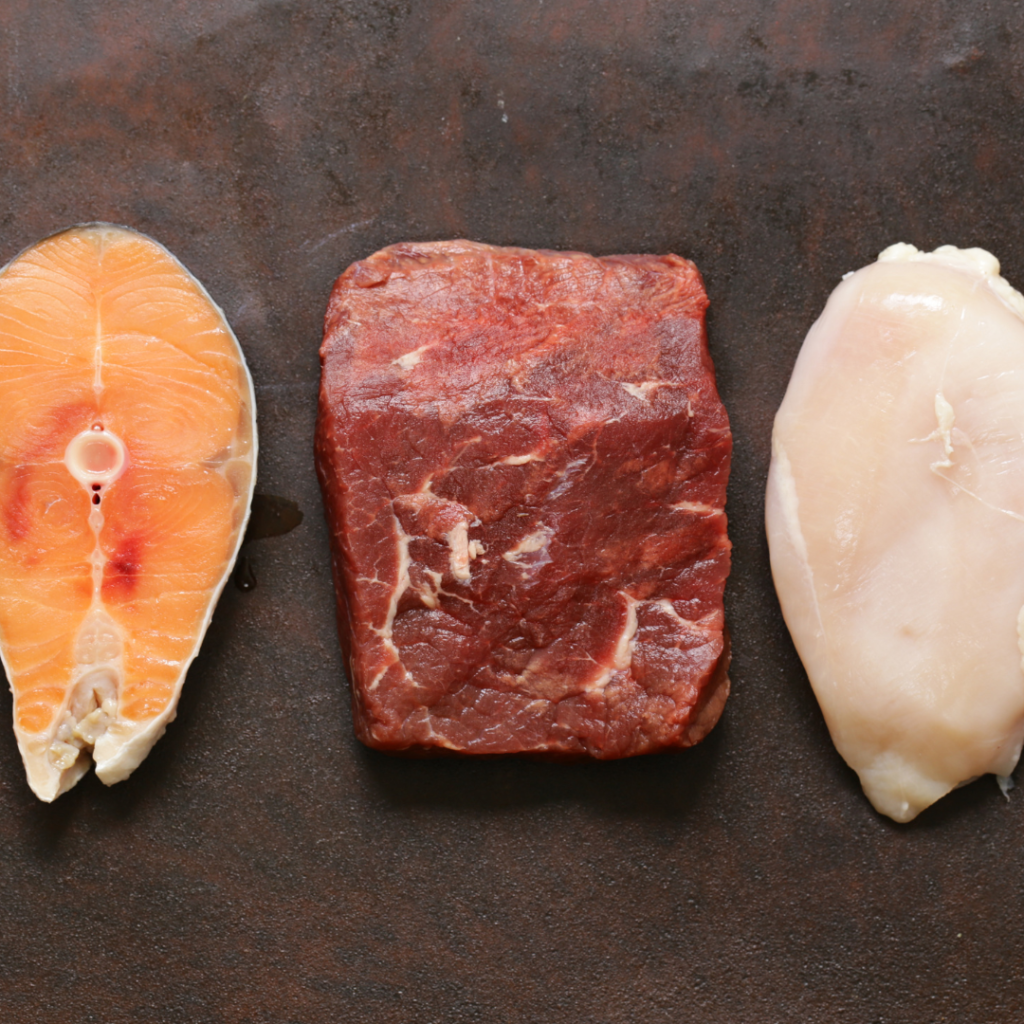
The Role of Healthy Snacks
Healthy snacks can serve as more than just a tasty indulgence—they can contribute to your pet’s overall nutrition. When choosing snacks, opt for those that offer nutritional value. Consider treats made with wholesome ingredients like lean meats, fruits, and vegetables. This not only adds variety to their diet but also provides essential nutrients.

Choosing Nutrient-Rich Treats
Look for treats that go beyond empty calories. Nutrient-rich options can include freeze-dried meats, dehydrated fruits or vegetables, and dental chews that support oral health. Reading labels and selecting treats with minimal additives or preservatives ensures your pet enjoys both the flavor and nutritional benefits.
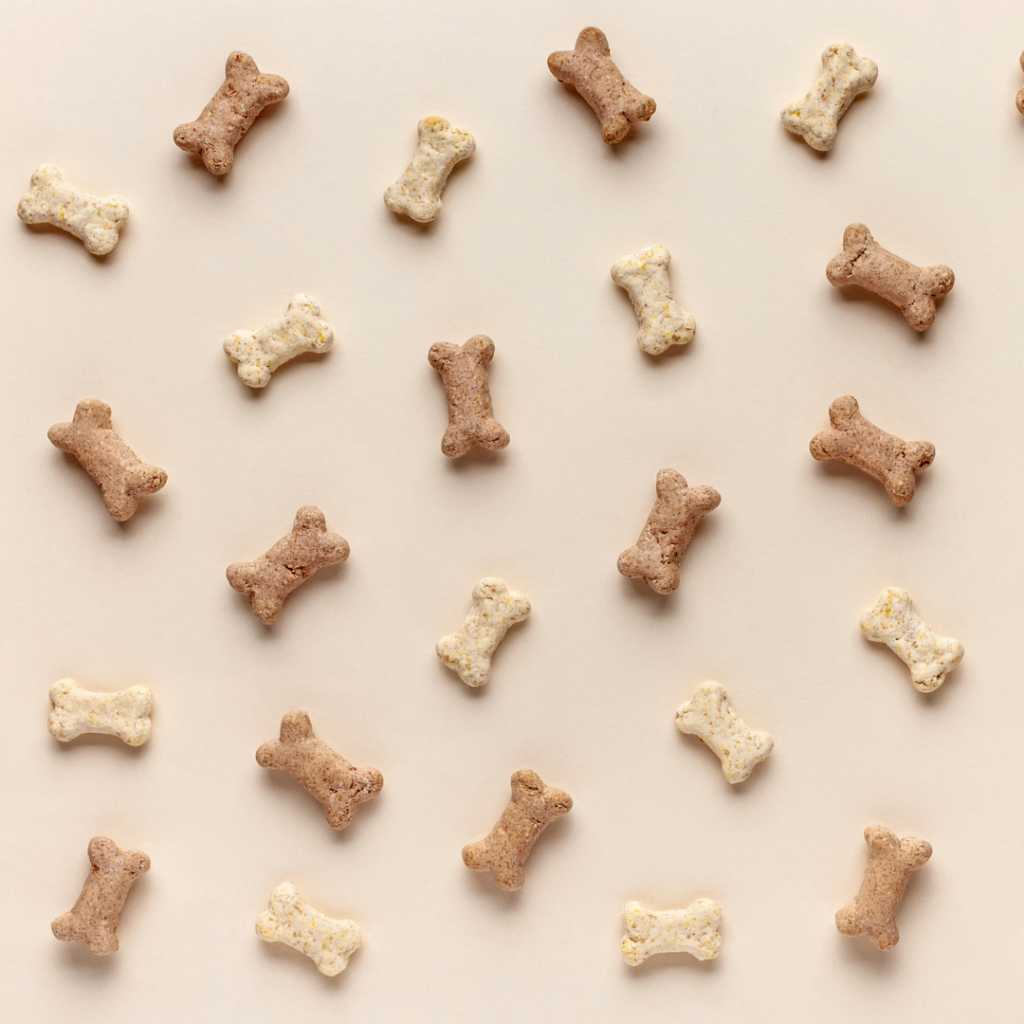
Homemade Treats with Love
For a personalized touch, consider making homemade treats for your pet. This allows you to control the ingredients and cater to your pet’s preferences and dietary needs. Explore simple recipes that incorporate pet-friendly ingredients, such as peanut butter and pumpkin for dogs or tuna and catnip for cats.
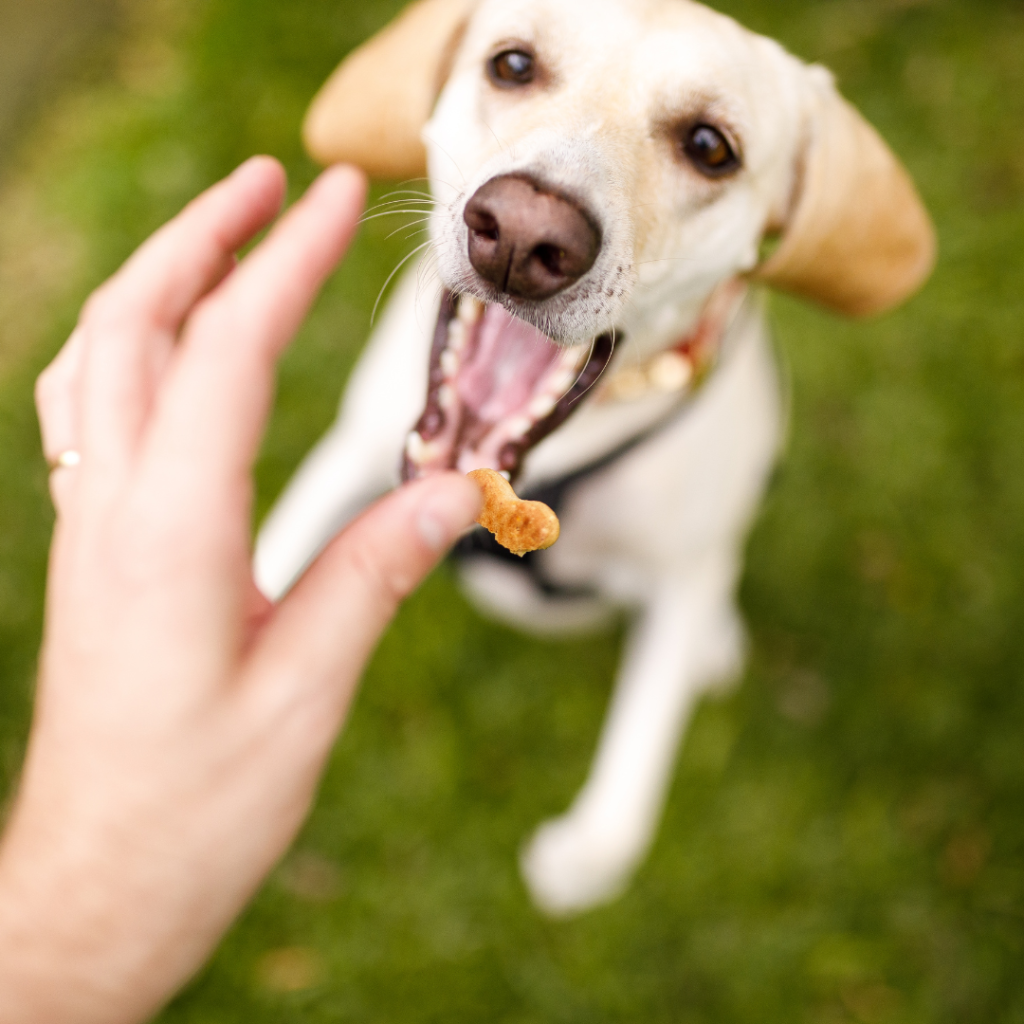
Mindful Treat-Giving
While treats can be a delightful addition to your pet’s routine, mindful treat-giving is essential. Be conscious of portion sizes to avoid overindulgence, especially for pets prone to weight gain. Treats should complement their regular meals, not replace them. Consult with your veterinarian to determine the appropriate treat frequency for your pet.
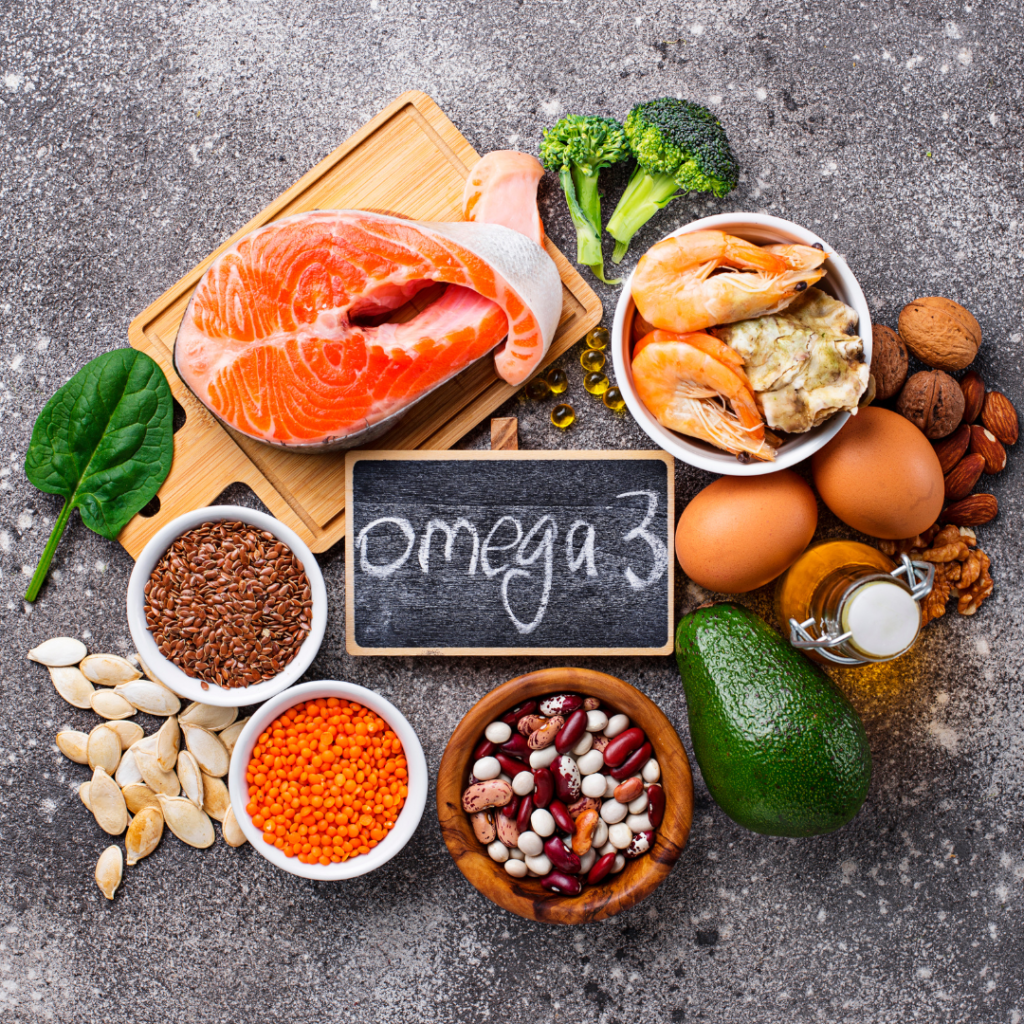
The World of Beneficial Supplements
Supplements can play a valuable role in enhancing your pet’s health. From omega-3 fatty acids for coat and skin health to glucosamine and chondroitin for joint support, supplements can address specific concerns. Always consult with your veterinarian before introducing supplements to ensure they align with your pet’s individual needs.
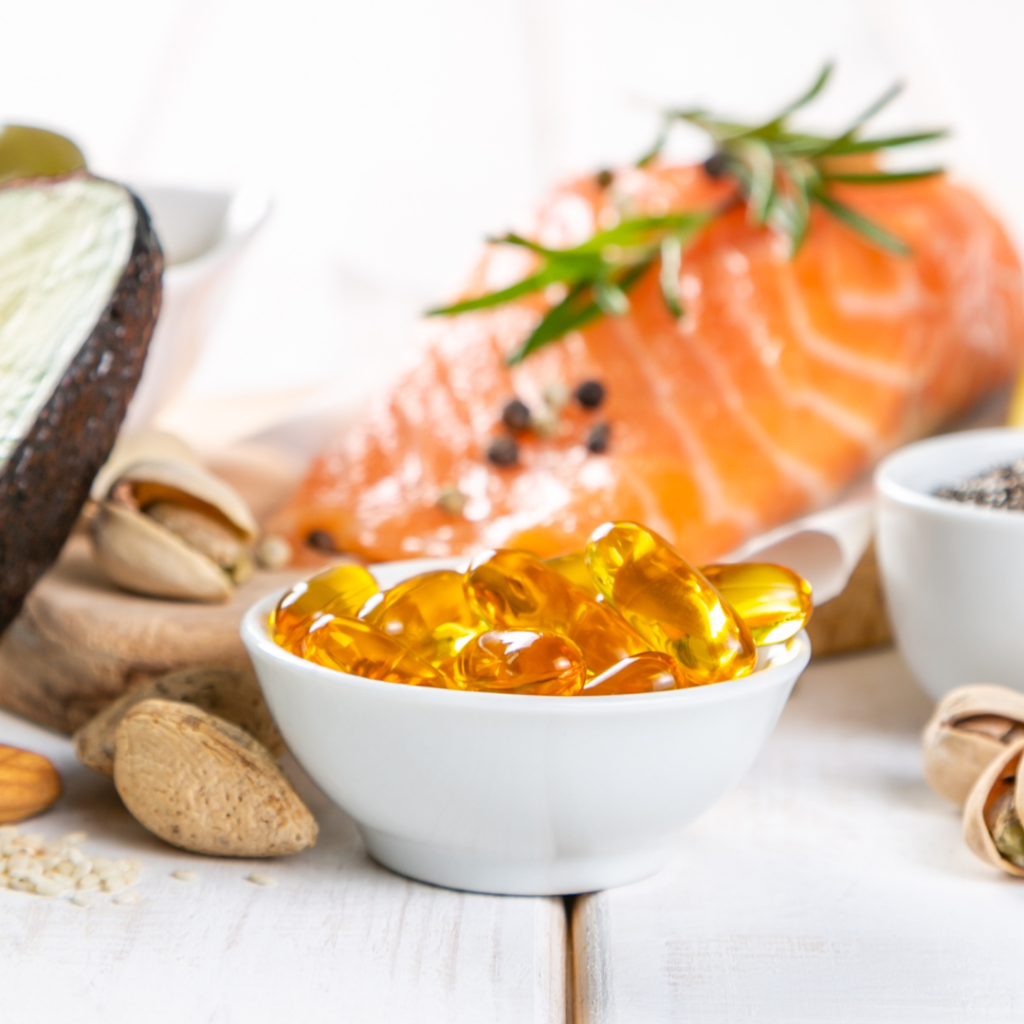
Omega-3 Fatty Acids for Skin and Coat Health
Omega-3 fatty acids, often found in fish oil supplements, can contribute to a shiny coat and healthy skin for your pet. These essential fatty acids have anti-inflammatory properties and may benefit pets with skin conditions or allergies. Ensure you choose a supplement specifically designed for pets and follow dosage recommendations.
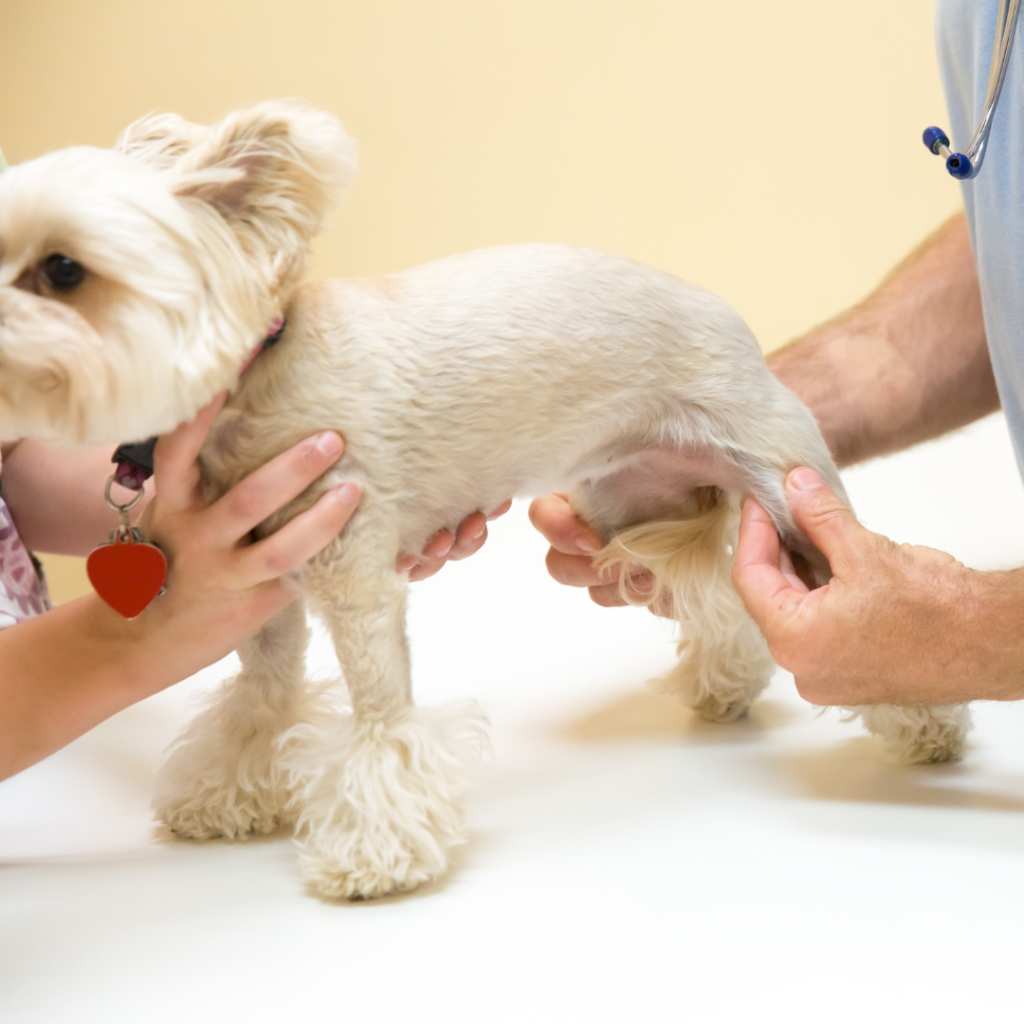
Joint Support with Glucosamine and Chondroitin
As pets age, joint health becomes a priority. Supplements like glucosamine and chondroitin sulfate can aid in maintaining healthy joints and managing conditions like arthritis. These supplements are available in various forms, including chewable treats and liquid formulations. Consult with your vet to determine the most suitable option for your pet.

Probiotics for Digestive Health
Probiotics are beneficial bacteria that support a healthy digestive system. They can be especially useful for pets with sensitive stomachs or those undergoing antibiotic treatment. Probiotic supplements come in various forms, including powders, capsules, and treats. Introduce them gradually and monitor your pet’s response.
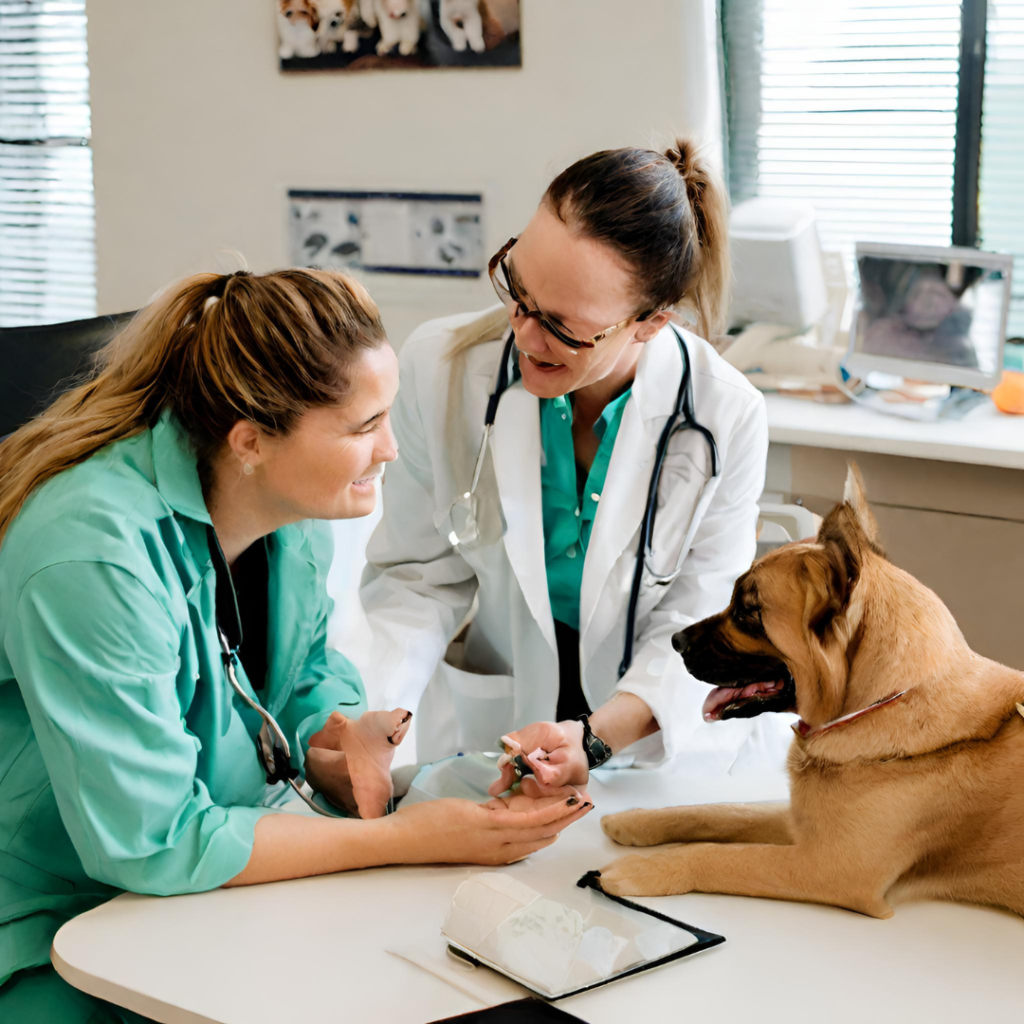
Regular Vet Check-ups, A Holistic Approach
Before introducing any new snacks or supplements, it’s crucial to consult with your veterinarian. They can provide insights into your pet’s specific needs, recommend suitable supplements, and ensure that any dietary changes align with their overall health. Regular check-ups allow for ongoing monitoring and adjustments to their diet as needed.
In conclusion, enriching your pet’s diet with healthy snacks and supplements is a journey of thoughtful choices, mindful treat-giving, and a commitment to their overall well-being. Whether choosing nutrient-rich treats, exploring homemade options, introducing beneficial supplements like omega-3 fatty acids, glucosamine, and probiotics, or consulting with your veterinarian for personalized guidance, you’re taking steps to provide your pet with a diet that supports their health and happiness. Here’s to tasty treats, beneficial supplements, and a flourishing furry friend! 🐾🌟


